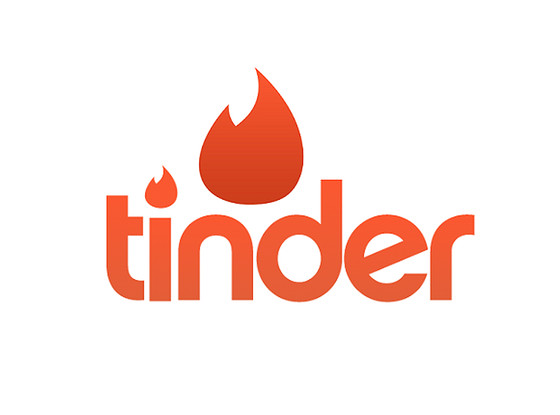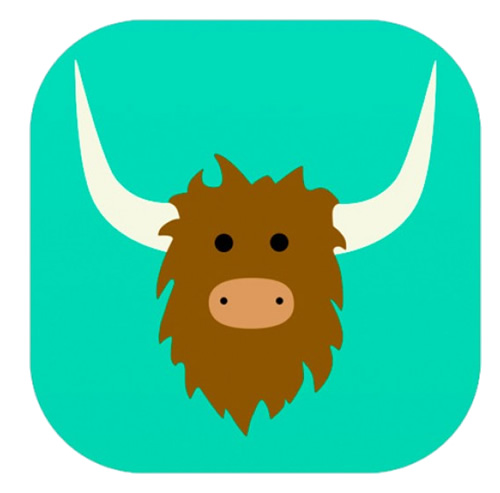
Musical.ly emerged in 2014 and quickly garnered hundreds of millions of users from all around the world. The idea behind the app was simple: users – often young children and ‘tweens’ – would film themselves lip-syncing their favourite new songs, and then share the footage with the world.
After enormous success – with some users, such as Jacob Sartorius acquiring over 14 million followers – Musical.ly has been bought by the Chinese development company Bytedance, who have now moved all users over to a similar platform of their own: TikTok.
First and foremost, parents and guardians of children who use this application should view this as a warning about the very nature of the companies behind some of our favorite online platforms. Users are a valuable commodity, and are now, as was proven by the acquisition of Musical.ly, being bought and sold in deals reportedly worth up to $1 billion USD.
Secondly, now with over 100 million active users, it’s possible that the children in your care could have been using Musical.ly, have now been migrated across to TikTok. (Or have simply downloaded TikTok to use since the acquisition a few months ago). It’s important to understand this new app, to ensure you know what is going on, and that your children or students are safe.
What was Musical.ly?
Musical.ly sounds harmless enough. A platform for kids to dub short videos of themselves with their favourite songs? What could be more harmless.
Unfortunately, this was far from the case.
In one fantastic expose by Anastasia Basil, a mother who ventured deep onto the platform to see if it was suitable for her own child to use, she found that Musical.ly was a cesspit of depravity, suicidal thoughts, pro-anorexia propaganda, self-harm and more. As her article states: “Porn is not the worst thing on Musical.ly”.
She continues “…the worst thing is watching little kids (as young as eight) sexually objectify themselves. The kids who get it right (the tweeny Kardashians) gain followers. The kids who get it wrong — those not “sexy” enough, funny enough, savvy enough — are openly ridiculed in the comment section.”
“There are #killingstalking musical.lys, which are dark-themed (artistic? emo?) videos showing boys putting knives to girls’ throats. There are #selfharm videos that show suicide options — bathtubs filling, images of blades, a child’s voice saying she doesn’t want to live any more.”
It goes on. We strongly urge you to take a look at the full article.
Numerous reports by concerned parents show Musical.ly was a Lord of the Flies-esque, mob-ruled kingdom, where depression and self-hate were glorified, children were sexualised, and cyberbullying ran rife. It seems obvious that this was never a suitable environment for children. Even more frighteningly, this type of culture makes it all too easy for predators to exploit the vulnerabilities of children in desperate need for family and friends as they battle the inherent anxieties of youth.
What is TikTok?
Now that Musical.ly and TikTok have been combined, you will find it on the app store under the title ‘TikTok – Including Musical.ly’. The page claims “TikTok is a global video community”; a supposedly lively, safe, social network built around creating and sharing music videos.
Like Musical.ly, TikTok users can upload videos of themselves singing, lip-syncing, dancing, or performing. Although, it’s best to see what direction the application goes now that they have merged the two.
Like other platforms such as YouTube, Facebook and Twitch, users also have the ability to stream footage of themselves live. This allows their audiences to interact directly with the creator of the livestream, in real-time, via a chat function.
Like most platforms, TikTok does give users the ability to set their accounts to private. ‘Public’ videos can be viewed and commented upon by anyone, and even ‘remixed’ by other users.
Finally, TikTok -unlike Musical.ly – has introduced a virtual currency to their application. An in-app store lets you purchase ‘Virtual Items’ that can be used to buy digital gift icons. These icons are given to streamers in the same way as a compliment, and are otherwise useless. We’ve talked before about the dangers of in-app payments – although, this is usually with younger users playing ‘freemium’ games. Given that TikTok’s policy recommends the app only be used by people over the age of 16, reckless spending may not be such an issue, though it should still be monitored by parents.
Given that the two apps are largely identical in function, with the addition of a few new features, TikTok should be looked at in the same light as Musical.ly. This is particularly true now that Musical.ly’s entire user base has been migrated across to the new platform – presumably bringing with them the same concerning culture.
The Internet Safe Education verdict
There are many opportunities on the internet for entertainment and social interaction for children and teens. After looking into the scandals behind Musical.ly, and the new and uncertain nature of TikTok, we cannot in good faith recommend that this app be used by teens or children.
The app developers do claim that the application is only suitable for users over the age of 16, and we support this age rating strongly.
You can find more information on TikTok in their Safety Center, which puts into further detail the tools and policies they have in place to help keep the platform safe.


